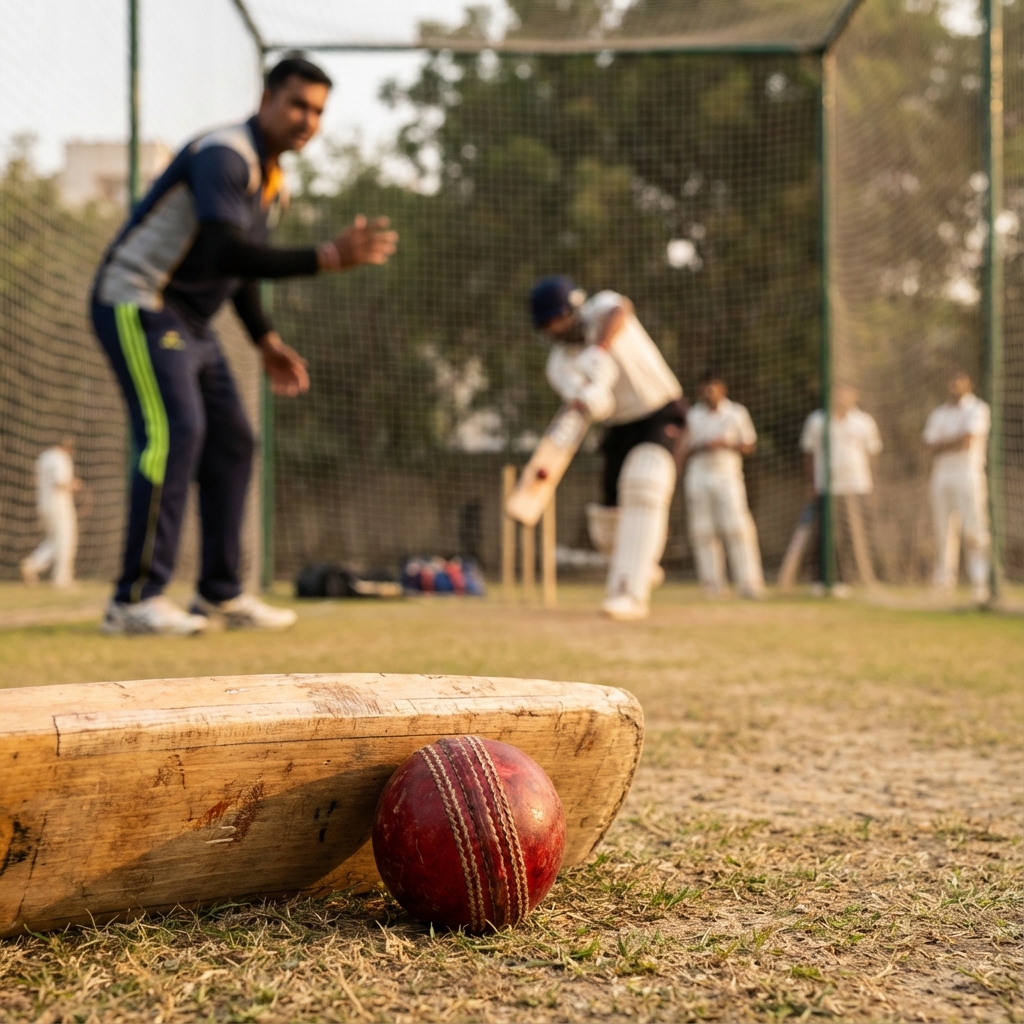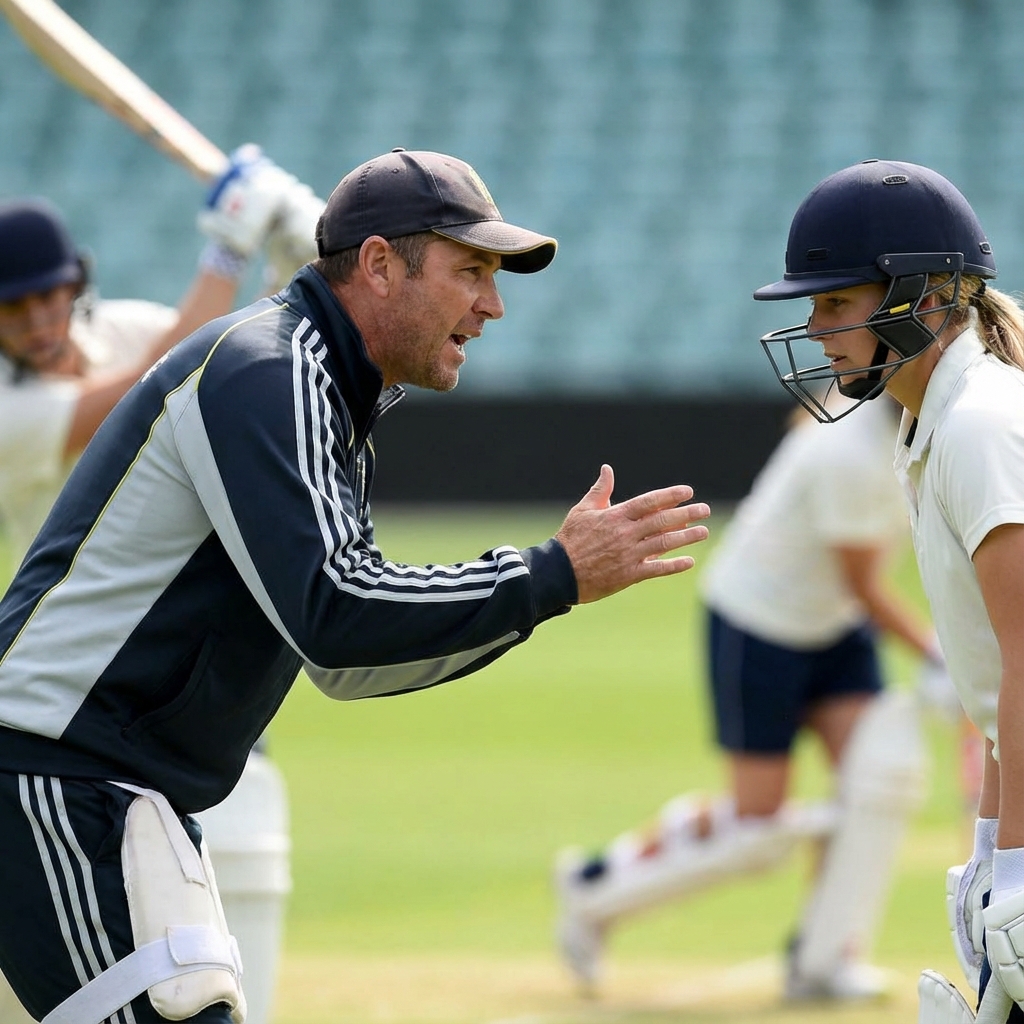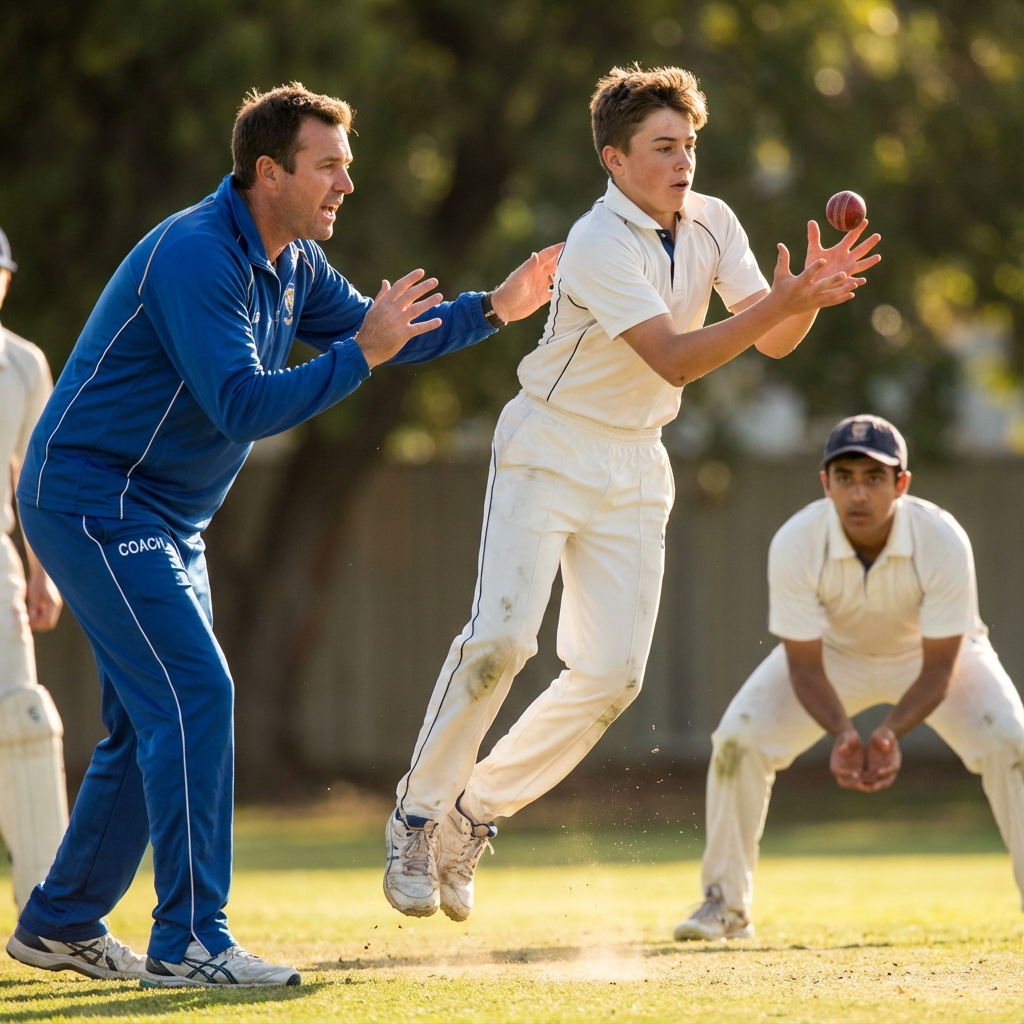8-10 players per group (set up two drills if coaching a large group)
Set up: Player/coach stands between the two stumps, that are 20 meters apart (length of a wicket). One cone is placed 25m in front of the two stumps, in line with the coach and two cones are placed 2m ahead of these, acting as a 'gate' for the players to walk through when it is their go.
Two further cones are placed 10m behind the two target stumps, where players will be backing up.
The coach will name one end the bowler's end and the other stump the keepers end.
Let's play:
Drill is continuous.
You want match intensity? Include the batsman!
For all of the drills it is possible to have two batters running alongside the drill, looking to complete 1 or 2 runs before the fielder finishes their skill.
As a coach, use your initiative and get the batters involved. This added pressure will really tell on the fielders.
You can also time the fielders against each other with a stop watch, recording results.This can either be done in the form of direct competition in the session (between small sub teams or a battle of the individual), or over a number of sessions/season, where you can see if times have improved.
The number of hits a player gets is also a good one to monitor, providing them personal and team tagets per drill/session to meet.
Progressions:
Coach may roll the ball to either side of the player to increase difficultly.
Change the ends around (re-name bowlers and keepers)
Make the throw to the bowler over the top of the stump, so players have to make the decision of not only the correct end, but also the correct throw.

The biggest T20 World Cup ever, historic qualifications, and evolving playing conditions make 2026 a landmark year for cricket. Here's what coaches need to know.

Game-based training and match simulation prepare players for real competition more effectively than isolated drills. Modern coaching integrates pressure scenarios, decision-making, and competitive situations into every training session.

Catches win matches remains cricket's truest saying. From high balls under lights to sharp slip catches, the ability to hold chances consistently separates winning teams from those that let matches slip away.